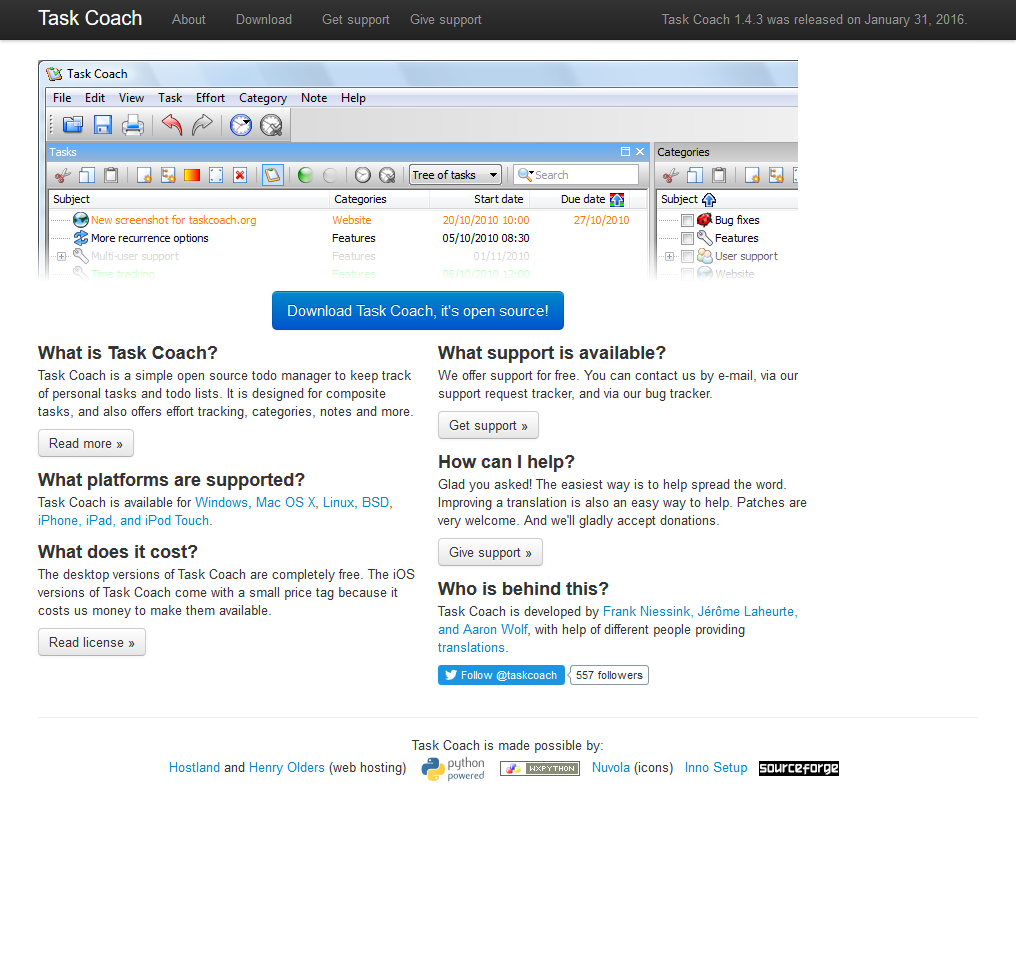

Ask about them by exploring, gently challenging, and inviting the person to reflect. Listen for internal conversation lead-ins. Motivations – “I don’t want to…” or “That was so fulfilling!”.Limited-beliefs – “I can’t.” or “I’ll never be able to…”.Assumptions – “He wouldn’t ever let me.” or “I don’t have a choice.”.Emotions – “I’m worried that…” or “What she said really ticked me off.”.Perspectives – “Given the economy right now, we need to go slowly.”.Then, how did he benefit from doing all that extra work, and why didn’t he get that benefit from doing his own work.Īs you coach, listen for invitations to coach the person, not the problem. In the example above, the lead-in was to explore why he didn’t want to say no to his co-workers. We need to train ourselves to hear and recognize internal-focused conversation lead-ins. Identifying The Internal Conversation Lead-ins With these personal, internal insights in place, choosing a better calendar program wasn’t important to him because he realized the real solution was within himself. He also came up with a set of criteria for deciding when to help others, that included asking himself how much he was helping in order to feel important. Me: “So, you’re gravitating toward the tasks where you get acknowledgment from others, which makes you feel important and needed.”Ĭlient: “Yeah, I hadn’t thought of it this way before, but yes, I think that’s what’s happening.”įrom here we talked about how he could make his regular work more meaningful, with or without acknowledgment of others. I know it’s important but no one says much.” Does your regular work make you feel important, like you’re making a difference?”Ĭlient: “Not really. I guess that makes me feel good.”Ĭlient: “I mean it makes me feel important. I’ve become the ‘go-to’ guy for a lot of my department’s people. Me: “What do you get out of being so helpful?”Ĭlient: “They show their appreciation, thanking me. Me: “What inside you doesn’t allow you to say ‘no’?”Ĭlient: “Inside me?” he repeated thoughtfully. Me: “What are all these appointments that you are so busy with?”Ĭlient: “Co-workers ask me to do things, and I don’t want to say no.” Instead, I focused on what was happening inside of him. If I followed his lead, I would be coaching the problem, the external. He’d been researching options and wanted me to coach him around choosing and implementing the best calendar program. He explained that his calendar program wasn’t very sophisticated and didn’t sync between his computer and phone. He said he was so busy with appointments he didn’t have enough time to do his own work well. Transformation results when people find internal solutions to their problems.Ĭoaching The Person Looks for Internal Solutions The missing piece is the person you are coaching. Getting A Work Promotion: Getting more experience, an advanced degree, and working harder.Įach of these situations and approaches may be part of the solution, but they are not the most important part.
TASK COACH 1.4.1 HOW TO
Leading Teams: How to cast vision, support team members, and stay focused on the objective.Time management: Need for a better calendar and to-do list system.Conflicts: What the other person did, said, and how they need to change.Here are a few situations and common external approaches. Those things are usually concrete and “safer” to deal with. Most of us are quick to look for and recognize external causes and solutions. Coaching The Problem Looks for External Solutions Faster than he could have ever imagined running. Standing on the branch, he felt the wind lifting him. To his surprise, his normally stubby leg extended into a multi-colored wing. He pushed at the cocoon and eventually broke through. One day, after a really hard workout, he climbed onto a leaf and wrapped himself up in a cocoon for a nap. But again, even with the best shoes, he just inched along. He went to the Nike Store and bought 8 pair of their best running shoes. The caterpillar saw a commercial for Nike running shoes. He hired a running coach, who told him to lift his knees more when he ran. So, he started working out at the gym every morning. “I need to be stronger if I’m going to go faster,” he thought. There once was a caterpillar who was frustrated that he couldn’t run fast. Transformation results from coaching the person toward internal solutions. Most of us are quick to see external causes and solutions. Great coaches focus on the person – their internal way of being, mindset, and development – not their problem or goal.


 0 kommentar(er)
0 kommentar(er)
